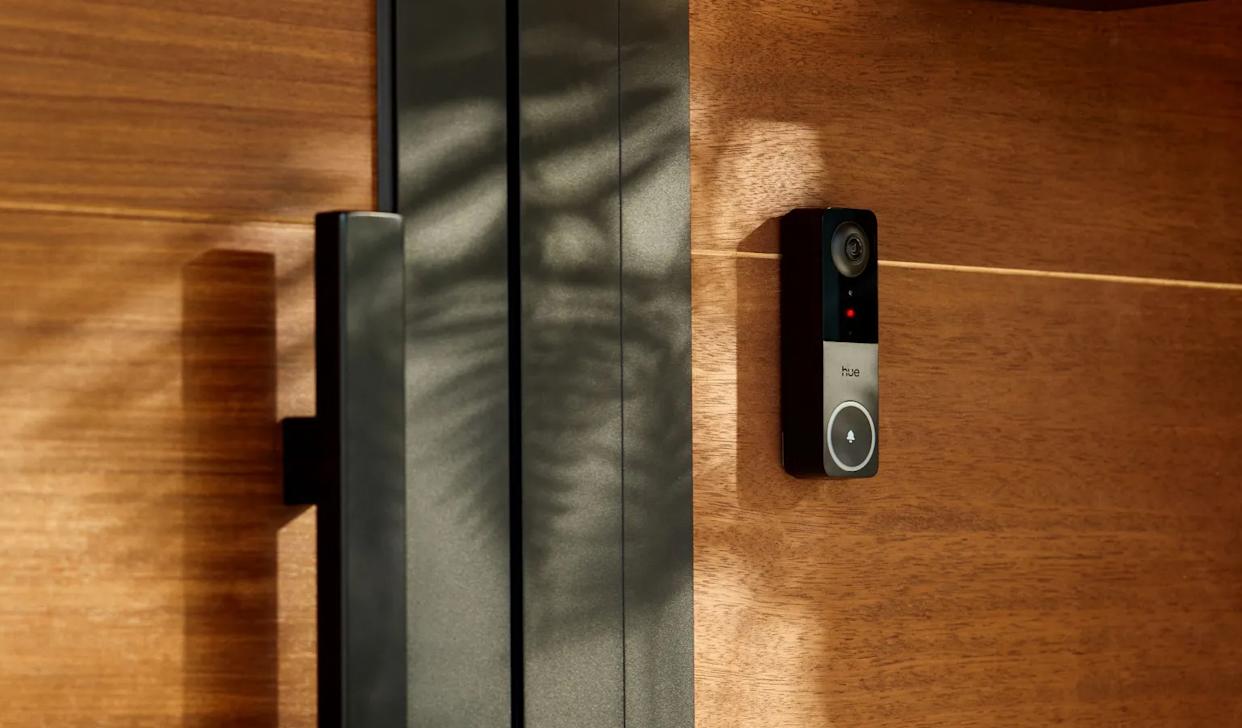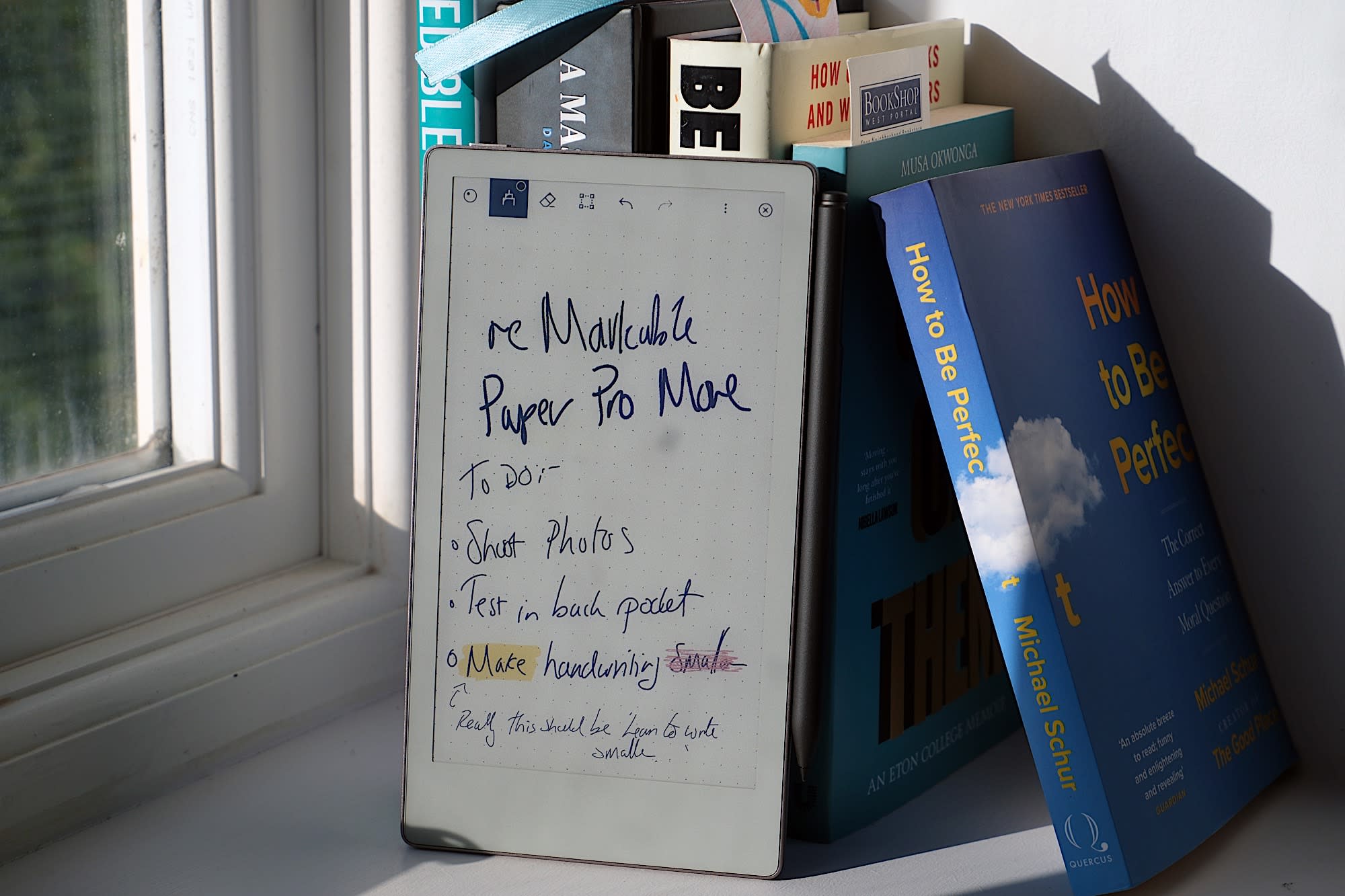A Chinese statue of Buddha, which is believed to be from around 1100 AD now has some clarity with regards to what is inside that statue. Scientists conducted a CT scan, which was able to look inside the outer shell of the statue, and found that inside were actually the mummified remains of a monk from around that very time period. Interestingly though, the monk is actually folded into the same position that the statue itself sits in, so this is a particularly interesting thing to see – or for researchers to find. Researchers have even been able to pinpoint what they believe this Buddhist master’s name was. The team involved noted that Liuquan of the Chinese Meditation School likely died around 1100 AD when he was then preserved out of respect.
However, as researchers were able to take samples from the actual tissue of the remains – they found that there were actually pieces of paper scribed with ancient Chinese writings inside the mummified monks body – where vital organs would otherwise be. While there is a lot that isn’t entirely known about this particular situation – the research that the team has been able to accomplish at this point since it went on display last year in the Netherlands, as well as when the statue and remains were giving its CT scan at Meander Medical Centre in Amersfoot.
Researchers also believe that a process known as “self mummification” was likely the method at which this particular Buddhist master reached his final resting place. The process though, is a rather grueling and grotesque one at that. The practice was mainly seen in Japan, but was also occasionally seen elsewhere, like in China. First, the Buddhist master would submit to a 1,000 day diet of seeds and nuts – which would strip the body of any fat it had. The second phase of the diet would include bark and roots for a second 1,000 day period. Then third, a poisonous tea would be consumed to ensure that the individual would be pushed to the brink of survival. Finally, after that the individual would be placed in a tomb, which would be barely larger than the person going inside – which would then be equipped with an air tube, as well as a bell. The air tube would ensure that the individual inside wouldn’t suffocate, but rather die naturally, and each day that the person survived the bell would ring.
When the bell stopped ringing that is when the others knew that the individual had died, and the process would be complete as far as getting the person to the other side. Then, they would wait 1,000 days to open it back up – after taking the air tube out at the time of the bell ceasing – to ensure that the process went correctly. However, the process was said to have little success and only work on rare occasion.







Typically throat chakra imbalances might be linked to
things equivalent to sore throats and you will need to have health expression.